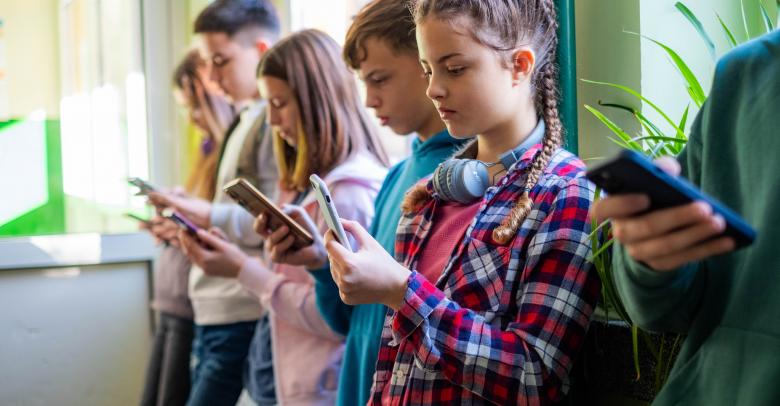As your students join your classroom, creating a class community with safety and a welcoming atmosphere is critical to success through the school year. Your students need to be able to trust and work with one another to successfully learn both academic and social skills. Fortunately, creating a welcoming classroom atmosphere between students is simply a matter of planning and setting up situations for your students to interact in a positive manner.
Small group activities make for safe, welcoming interaction
Even for the most extroverted and social student, starting class with a huge group activity can be intimidating. Instead of engaging your entire class in a full-room ice breaker, use small groups to start with smaller, more controlled social engagement. Small group activities at the beginning of the year can allow your students to meet their classmates gradually and in a less intimidating environment. Small group activities don’t have to be academic at the start. Consider socialization questions where students can share favorite hobbies, facts about themselves or their families, or favorite music and movies. Round robin style sharing in small groups on friendly, student-linked topics lets every child share. If a student monopolizing a conversation is a concern, consider timing students and giving them a limited time to share in their group. Small group scavenger hunts are a great way to review information on classroom rules or tools. Another successful relationship builder could be solving a puzzle, word problem, or math problem together, letting you pull academic focus into start of the year activities.
How to group students
Ideally, your start of the year activities will let students get to know one another. Random groupings by counting off in rows or by using randomizer software available online are both great ways to establish random groups. For ice breakers, rotating groups often lets students meet a few friends at a time – while avoiding setting permanent group relationships throughout the year. You can even group students by commonality for short, quick activities. For example, ask all students whose favorite pet is a dog to be in one group.
How long should you spend on startup activities?
Spending time on startup activities may vary from classroom to classroom. Particularly if you are incorporating your academics quickly, your temporary ice breaker groups may be used for several days. Typically, however, most teachers spend two to three days establishing classroom policies, procedures, and setting up a welcoming environment. Be careful not to spend too long on student ice breaker activities as students do need to get to work on their academic progress as well. However, using ice breakers and small student groups can really set the right, friendly tone for your school year.






Leave a Reply